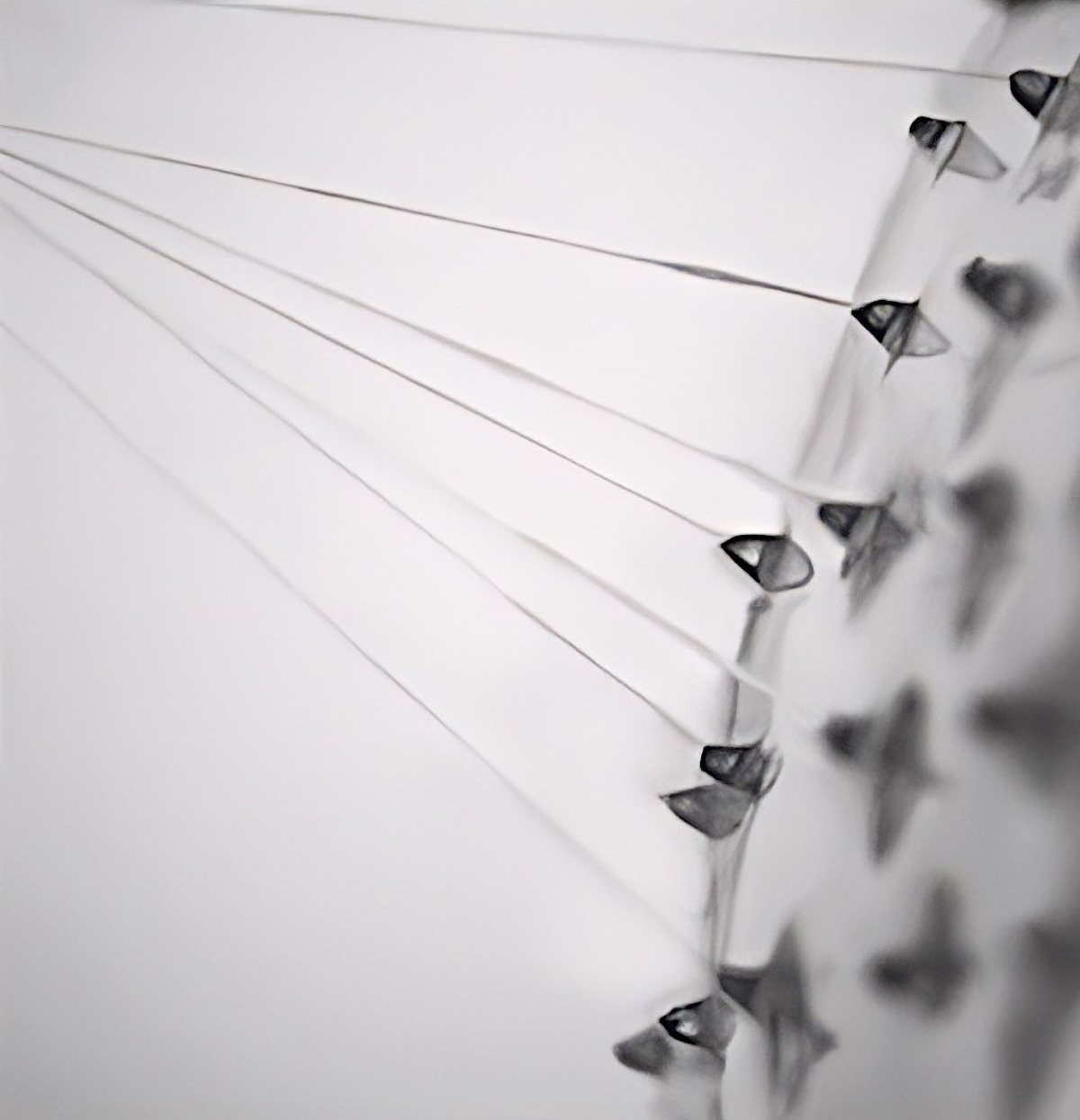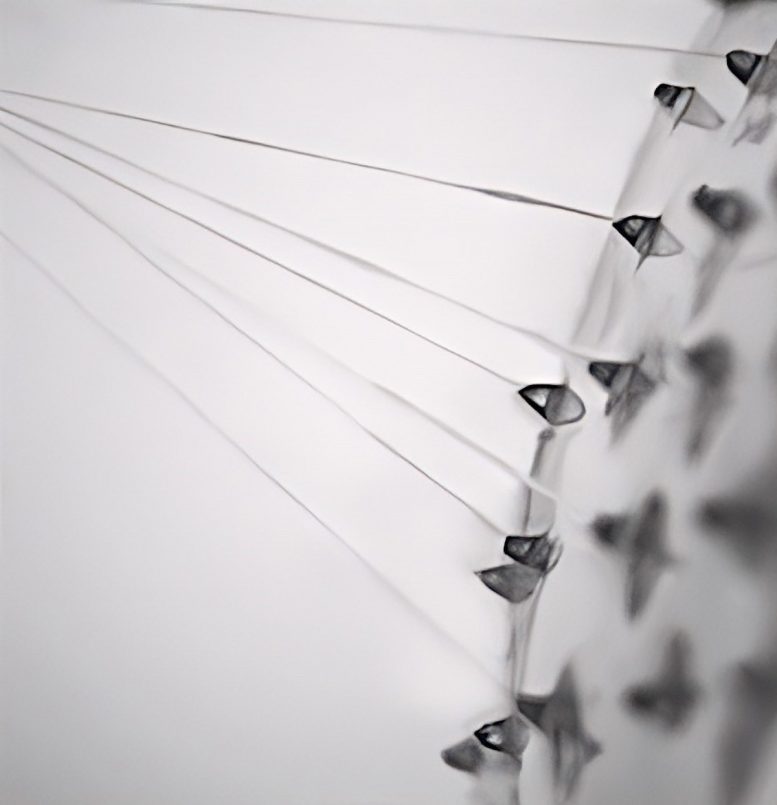

Scientists created artificial spider silk that can heal wounds. The silk, produced using microbes, was woven into bandages that effectively treated injuries in mice. The silk is strong, biocompatible, and could be used in future medical applications.
It’s nearly time to bring out the Halloween decorations and fill the house with all things spooky, like the classic polyester spider webs. However, scientists publishing in ACS Nano have created their own version of artificial spider silk—this one made from proteins that heals wounds rather than spooking guests. The synthetic silk is durable enough to be woven into bandages, which have successfully treated joint injuries and skin lesions in mice.
Spider silk is one of the strongest materials on Earth, technically stronger than steel for a material of its size. However, it’s tough to obtain — spiders are too territorial (and cannibalistic!) to breed them like silkworms, leading scientists to turn to artificial options.
Teaching microbes to produce the spider silk proteins through genetic engineering is one such option, but this has proved challenging because the proteins tend to stick together, reducing the silk’s yield. So, Bingbing Gao and colleagues wanted to modify the natural protein sequence to design an easily spinnable, yet still stable, spider silk using microbes.
Creating Artificial Spider Silk Using Microbes
The team first used these microbes to produce the silk proteins, adding extra peptides as well. The new peptides, following a pattern found in the protein sequence of amyloid polypeptides, helped the artificial silk proteins form an orderly structure when folded and prevented them from sticking together in solution, increasing their yield.
Then, using an array of tiny, hollow needles attached to the nozzle of a 3D printer, the researchers drew the protein solution into thin strands in the air and spun them together into a thicker fiber. This setup acted like a giant artificial spider spinning its web.
Application of Silk Fibers in Medical Dressings
They then wove their artificial silk fibers into prototype wound dressings that they applied on mice with osteoarthritis (a degenerative joint disease) and chronic wounds caused by diabetes. Drug treatments were easily added to the dressings, and the team found these modified dressings boosted wound healing better than traditional bandages.
Compared with a control group with neutral dressings, mice with osteoarthritis showed decreased swelling and repaired tissue structure after 2 weeks of treatment, while diabetic mice with skin lesions treated with a similar dressing showed significant wound healing after 16 days of treatment. The new silken bandages are biocompatible and biodegradable, and the researchers say that they show promise for future applications in medicine.
Reference: “Overexpressed Artificial Spidroin Based Microneedle Spinneret for 3D Air Spinning of Hybrid Spider Silk” by Baoyang Lin, Bingbing Gao, Meng Wei, Shuhuan Li, Qian Zhou and Bingfang He, 2 September 2024, ACS Nano.
DOI: 10.1021/acsnano.4c08557
The authors acknowledge funding from the National Key R & D Program of China, the National Natural Science Foundation of China, the Postgraduate Research & Practice Innovation Program of Jiangsu Province, the Nanjing Tech University Teaching Reform Project, the Discipline Fund of Nanjing Tech University School of Pharmaceutical Sciences, and the Cultivation Program for The Excellent Doctoral Dissertation of Nanjing Tech University.